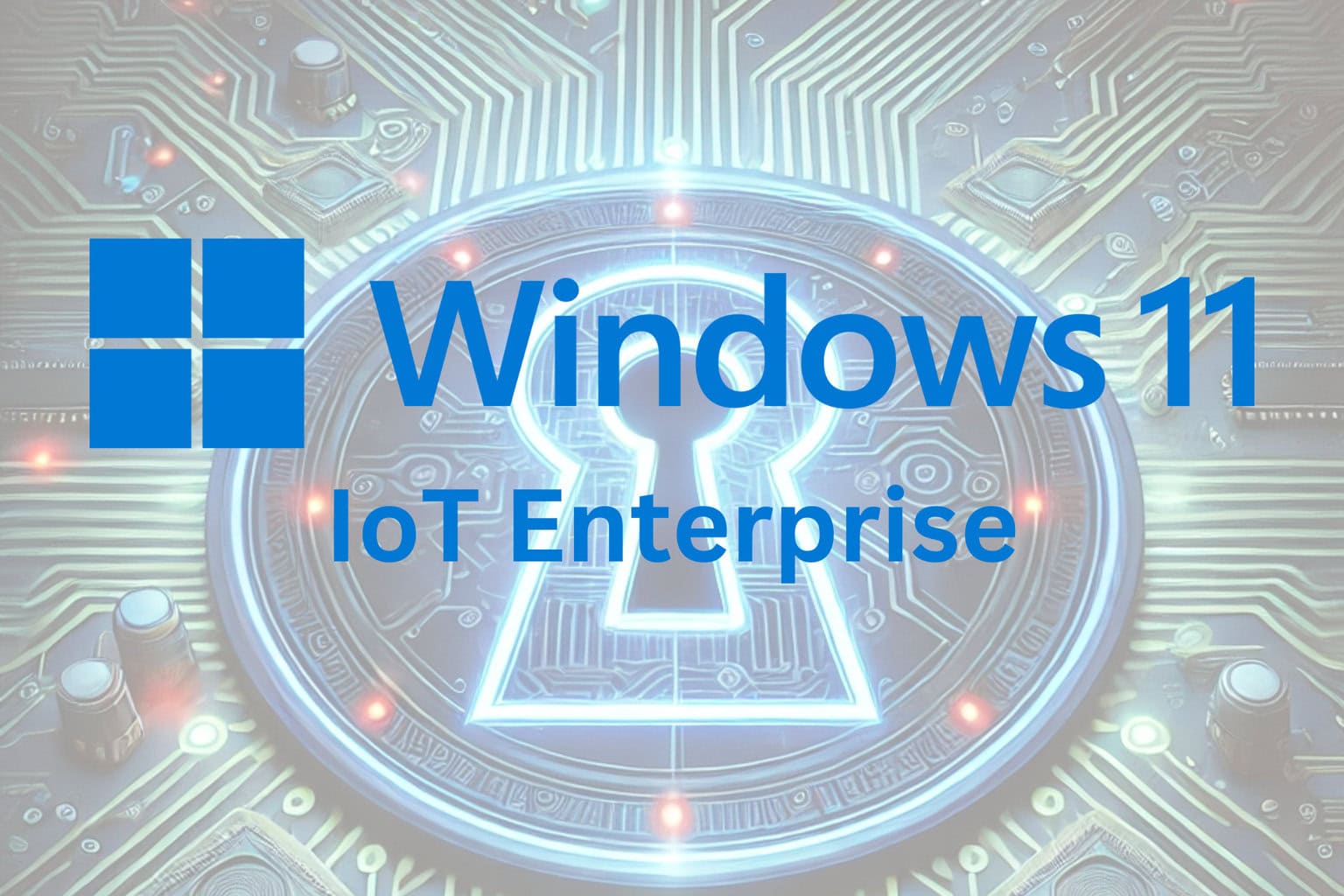ERROR_INSTRUCTION_MISALIGNMENT: 5 Ways to Fix It
First, ensure the software is compatible with your CPU architecture
4 min. read
Published on
Read our disclosure page to find out how can you help Windows Report sustain the editorial team. Read more

The ERROR_INSTRUCTION_MISALIGNMENT with error code 549 (0x225) and description: An attempt was made to execute an instruction at an unaligned address, and the host system does not support unaligned instruction references. This occurs when a program attempts to run an instruction from a memory location that isn’t aligned correctly.
To begin with, ensure that the software is compatible with your CPU architecture. If using virtual machines or emulators, make sure the guest system is configured correctly and matches the software’s architecture.
How can I fix ERROR_INSTRUCTION_MISALIGNMENT?
1. Make sure your data is correctly aligned
First, ensure the data structures and memory allocations are aligned with the required boundaries. If you are working in a language like C or C++, use proper alignment directives and compiler-specific attributes.
Furthermore, it would be best to remember that some programming languages or libraries provide aligned memory allocation functions, which ensure that the allocated memory is aligned according to the processor’s requirements.
2. Check your code
Avoid misaligned memory accesses, as ERROR_INSTRUCTION_MISALIGNMENT could occur when accessing unaligned data. Furthermore, if you use pointers to access data, make sure the pointer is appropriately aligned before dereferencing.
If you manually manage memory in a low-level language, you should allocate and access data correctly, as misaligned memory access can also cause this issue.
Also, if you have the access to source code, try recompiling the software with proper alignment optimizations to fix the problem.
3. Check compiler flags and settings for alignment
If you are facing a misalignment issue, we suggest you use compilers like Clang and GCC, as they allow you to specify alignment requirements. Another thing to remember is that if you are compiling a code sensitive to alignment, you must check the compiler settings and double-check that you have used proper flags for alignment.
Some compilers also come with options for handling misalignment. You can use flags like -fstrict-aliasing or -march=native to make sure the target architecture has proper alignment.
4. Try using different hardware or virtual tool
If you are using the software on an older CPU, try running it on modern hardware. Sometimes, the older processer doesn’t work well with unaligned instruction references, causing errors like ERROR_INSTRUCTION_MISALIGNMENT.
However, if you are using a virtual machine to run the software and facing this issue, you must switch to physical hardware and check if the problem persists.
5. Use WinDbg to debug
- You can launch WinDbg on your computer. If you don’t have it, click here to go to the download page.
- On the following page, click Download WinDbg to download the installation files.
- Double-click the file click Install and wait for the installation to complete.
- Once installed, launch it. Go to File.
- Select Attach to process from the Start debugging page.
- Choose the process causing the ERROR_INSTRUCTION_MISALIGNMENT error.
- Next, to set a breakpoint, copy & paste the following command in the WinDbg command window and hit Enter:
sxe ld:0x225 - Next, type g to execute the program. Windbg will break the execution when 0x225 appears.
- Type k to view the call stack to check the function calls that lead to misaligned instructions.
Now, you can use other commands, such as u (unassemble) and !analyze—v, to check the code and understand the cause of the issue.
In conclusion, to fix ERROR_INSTRUCTION_MISALIGNMENT, make sure your data is aligned properly, examine your code, check the compiler flags, try using different hardware, or use a debugger like WinDbg to find the cause.
If you have any questions or suggestions about the error, feel free to mention them in the comments section below.












User forum
0 messages